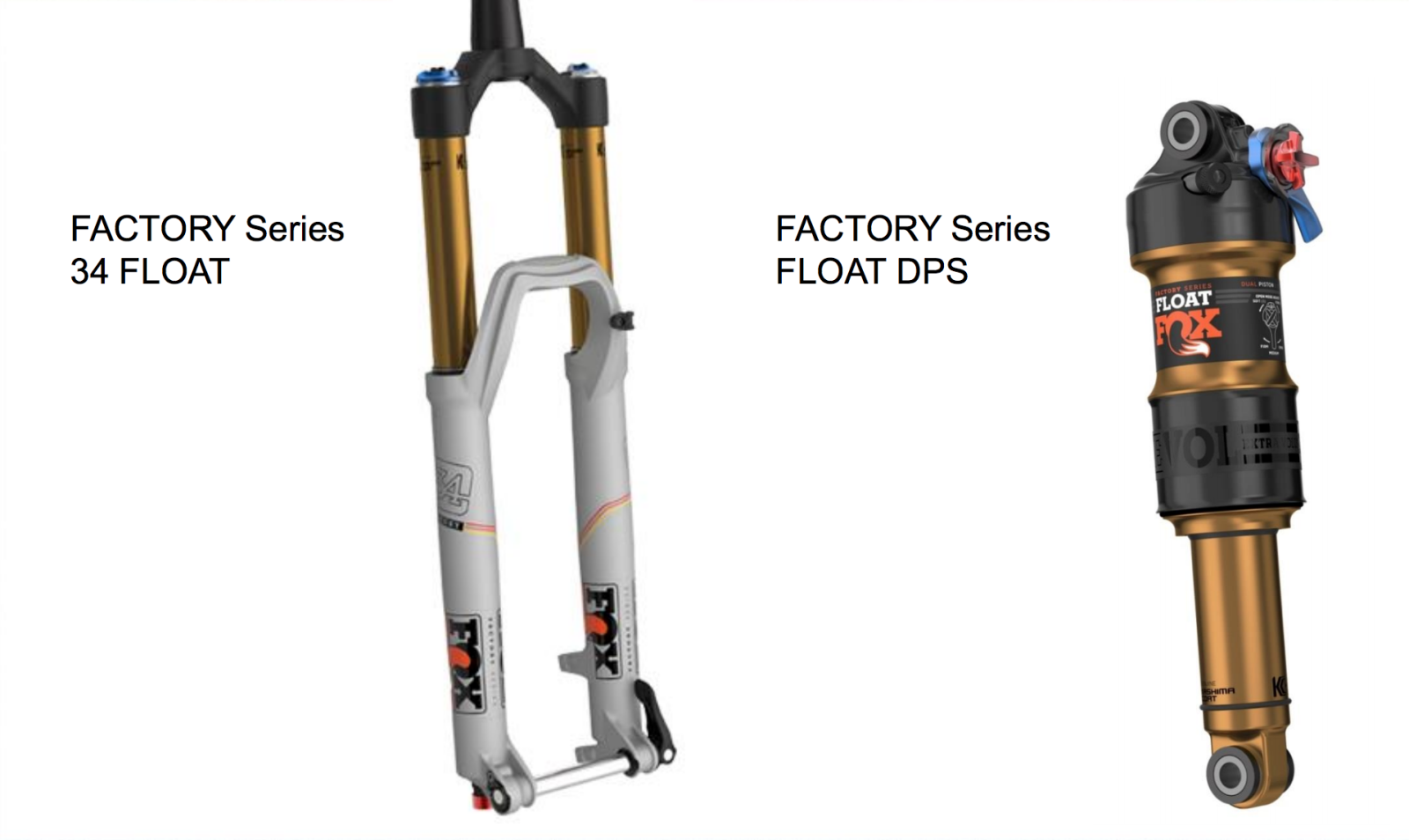[ad3]
Last time in our “Brief History Of Suspension Forks Part 1” we visited Bike-Beat in Florence, Italy, to have at a look at a special collection of old suspension forks. We looked at how three different brands approached the suspension market as it started off. This time we take a look at a few pieces of engineering marvels and a few other surprises.

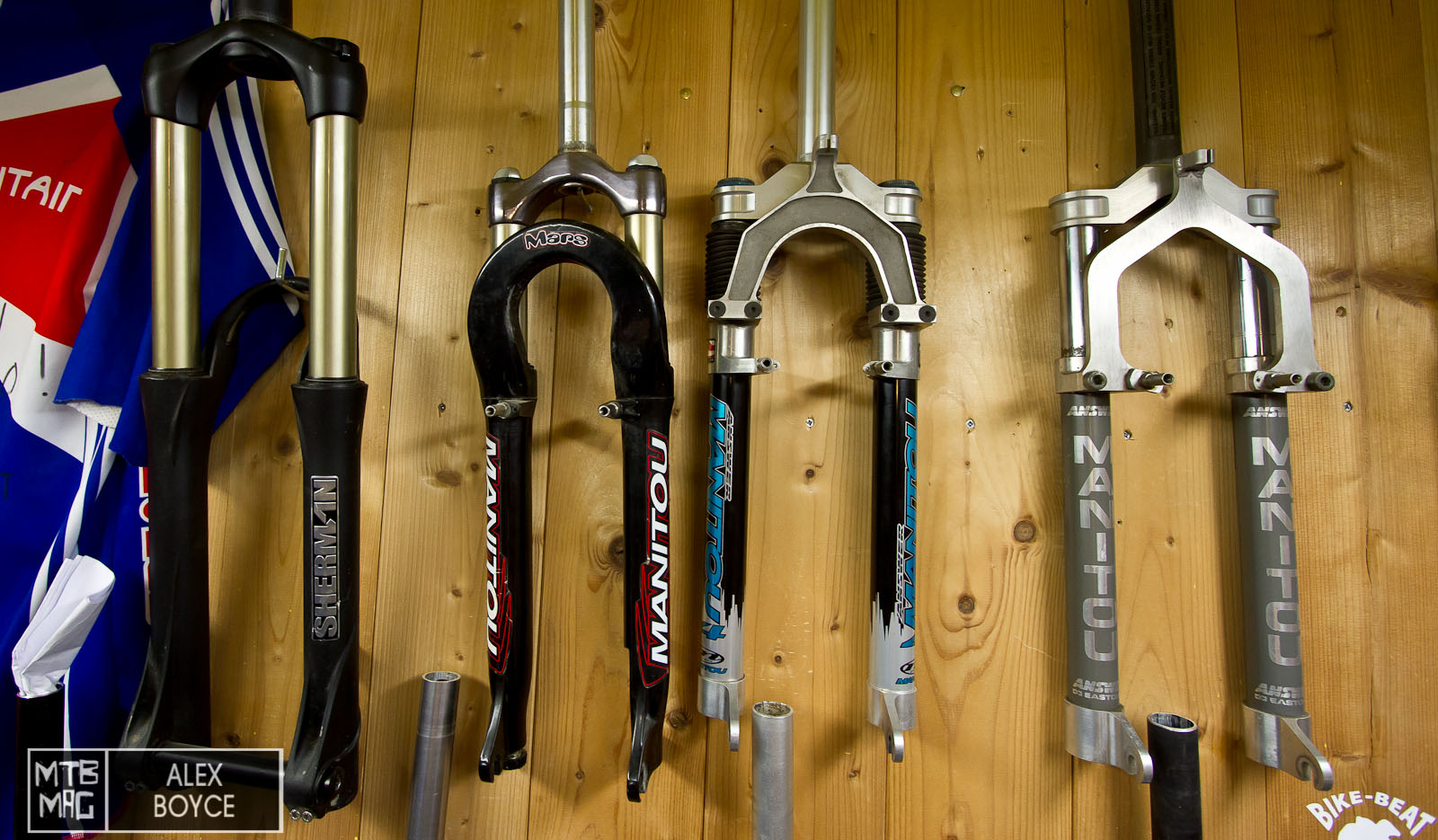
Pace RC35
Pace from the UK was focused on technology and design. Back then in the early 1990’s it seemed they lived in fear of things breaking. So they over engineered everything, and still managed a 1.4 kilo fork. With 60-70mm of travel, oil and springs, one of the smoothest rebound adjustment knobs we have every touched, a double brace, carbon legs and an incredible machined crown, it was a marvel. It was available also with a single brace and elastomers. Details on the exact year of production are sketchy but this example appears to be from around 1994. It still works, but is well used.










Race Factory Fork
Meanwhile in Italy in a small workshop in Follonica, Tuscany, Race Factory, a company owned by two passionate Italian brothers who were precision engineers, Pablo and Vittorio Fiorilli, started making these forks. It was the late 90’s and things had moved on a bit. With air only and no oil or spring they made the Sledge Hammer. They created a fork with an action that was so smooth, it felt better than the smoothest forks available today. The market for these forks was high end only with a large number of them finishing in Germany. The Fiorilli brothers were definitely unusual and had their own ideas about forks. Which you will discover more below.









Spring
Leaving the incredible engineering behind, companies like Spring started to try and make things for the mass market. Their VLS fork was aimed at DH with 28mm stantions and was forged, not a CNC’d fork, it had a few little tricks up it’s sleeve.







Answer Manitou 2
Once upon a time Answer Manitou were the gods of suspension, “Made in The USA,” meant quality and unbelievable design. Version 2 below was the start, the elastomer suspension design was light weight, 60 mm of travel no rebound control, a straight down fork, with a straight crown. Geometry was dictated by the bike, but Answer decided to put the forks with offset dropouts to try and correct it. These forks though have not survived time well, the elastomer material used as springs has broken down and become like slime, blocking the forks.
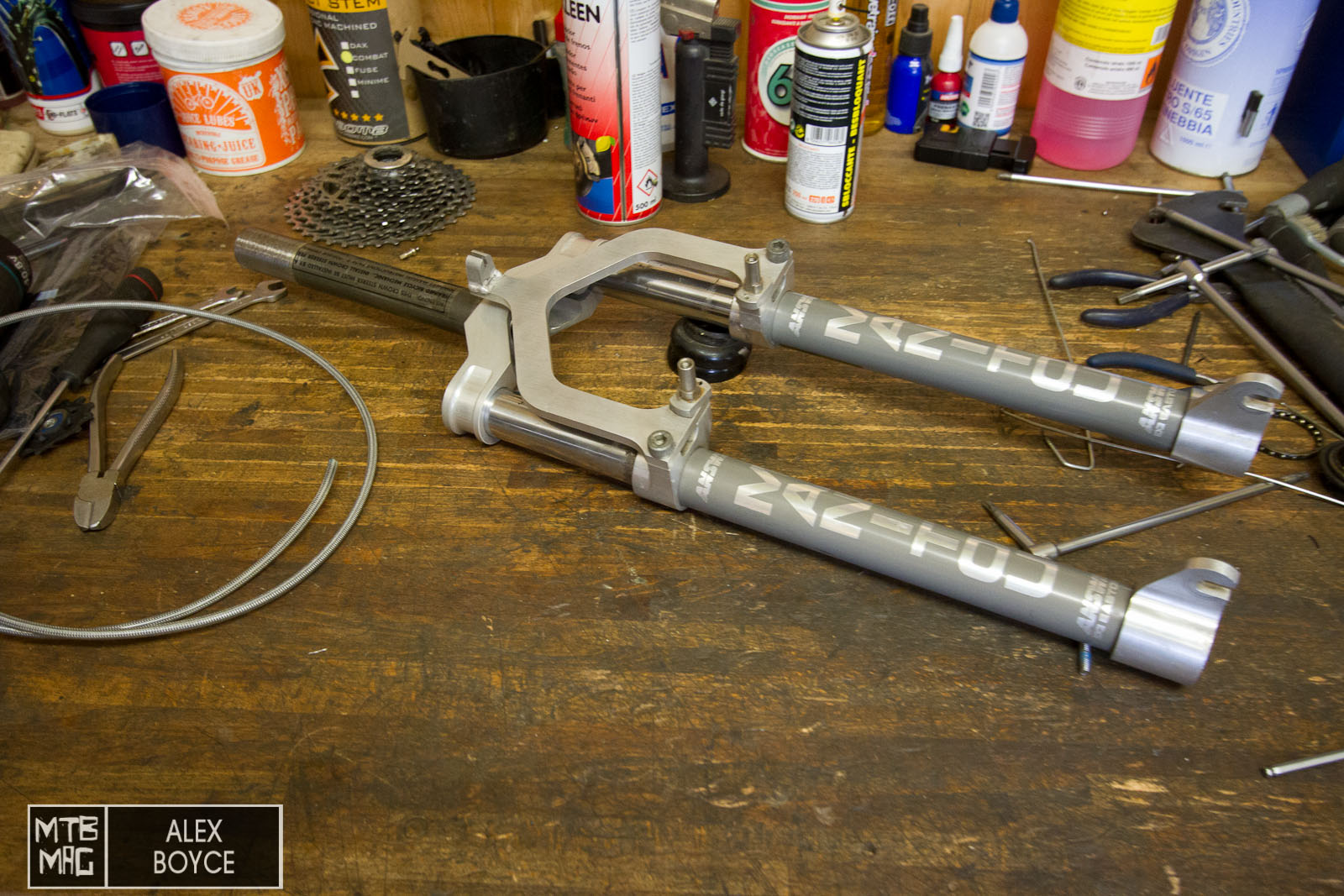




[ad3]
Answer Manitou 4
When this fork came out in 1994-95 it was probably the best looking fork that had been made at the time. Arguably today when holding it in your hands it still looks amazing. It’s one of those classic designs that probably puts it up there as one of the greatest looking forks of all time. Just every single part on it is made with an attention to detail. The use of titanium bolts and CNC machining that just makes you quiver when you look at how well it is put together. The elastomer travel is around 70mm but unfortunately doesn’t move any more, the elastomer springs have broken down into a slime and then jammed up the forks. Version 4 has all the details of version 2 but more development and fine tuning.








[ad45]
Other Bits Of History
After all the forks we thought that would be it, then Antonio pulls out a few other special pieces of bike bits.
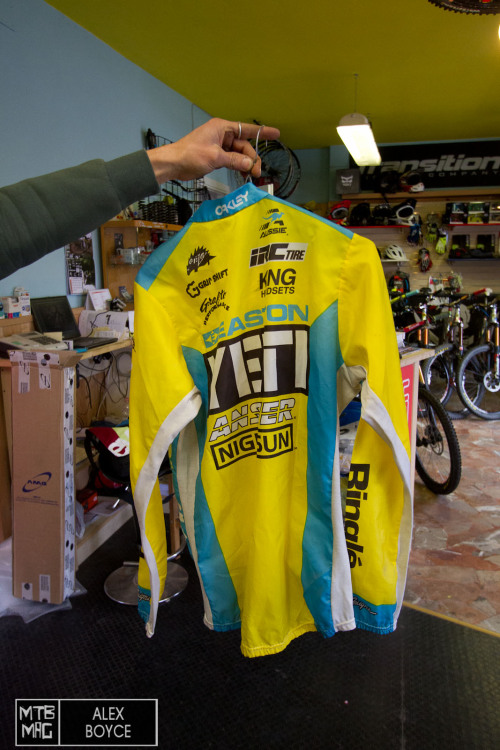




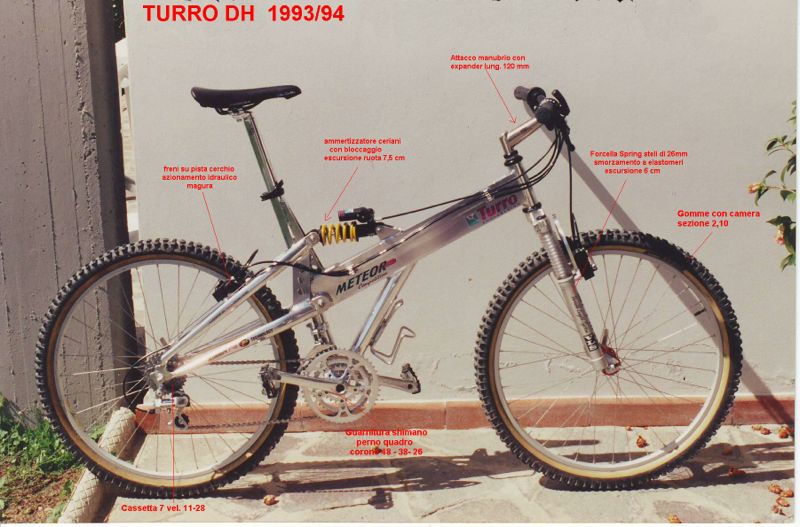
Great stuff, thanks to Bike beat for their time and we will be always on the look out for old gear that’s interesting. maybe we even do a few tests on historic stuff?


